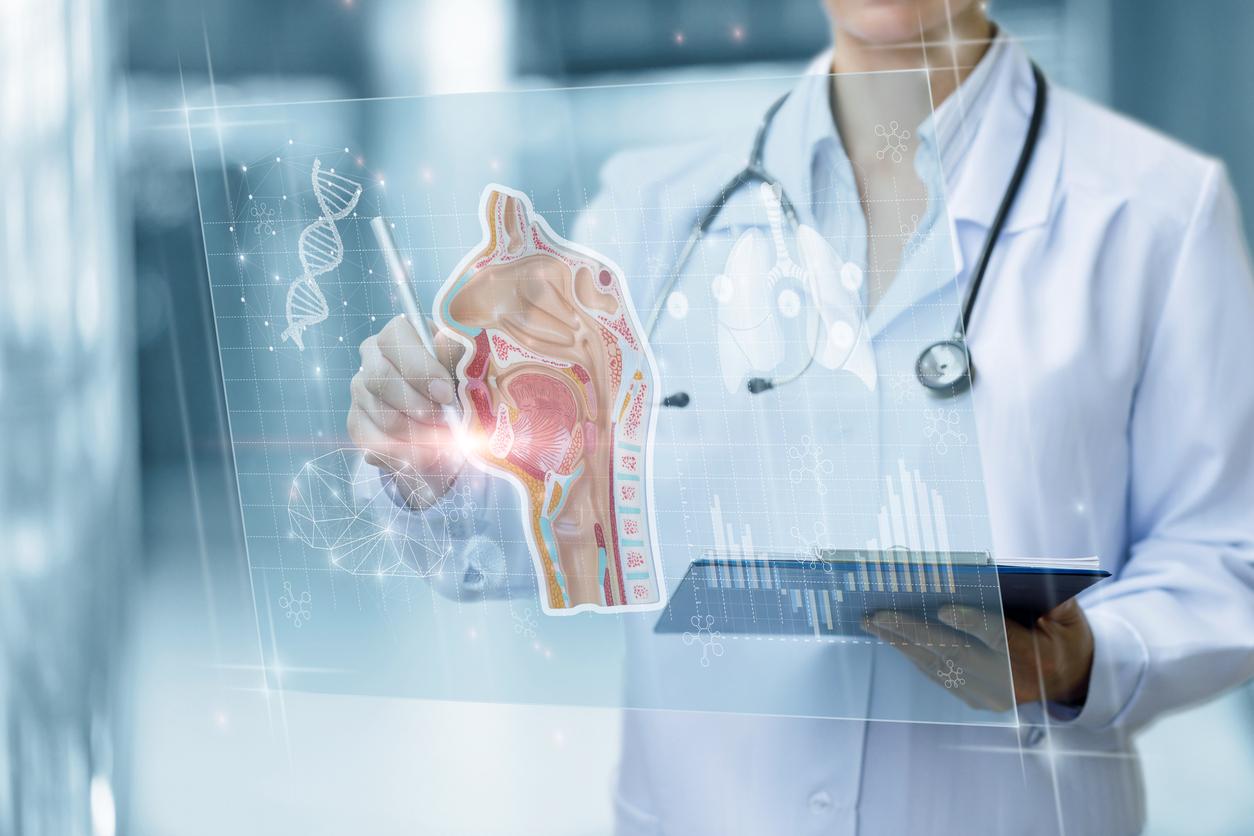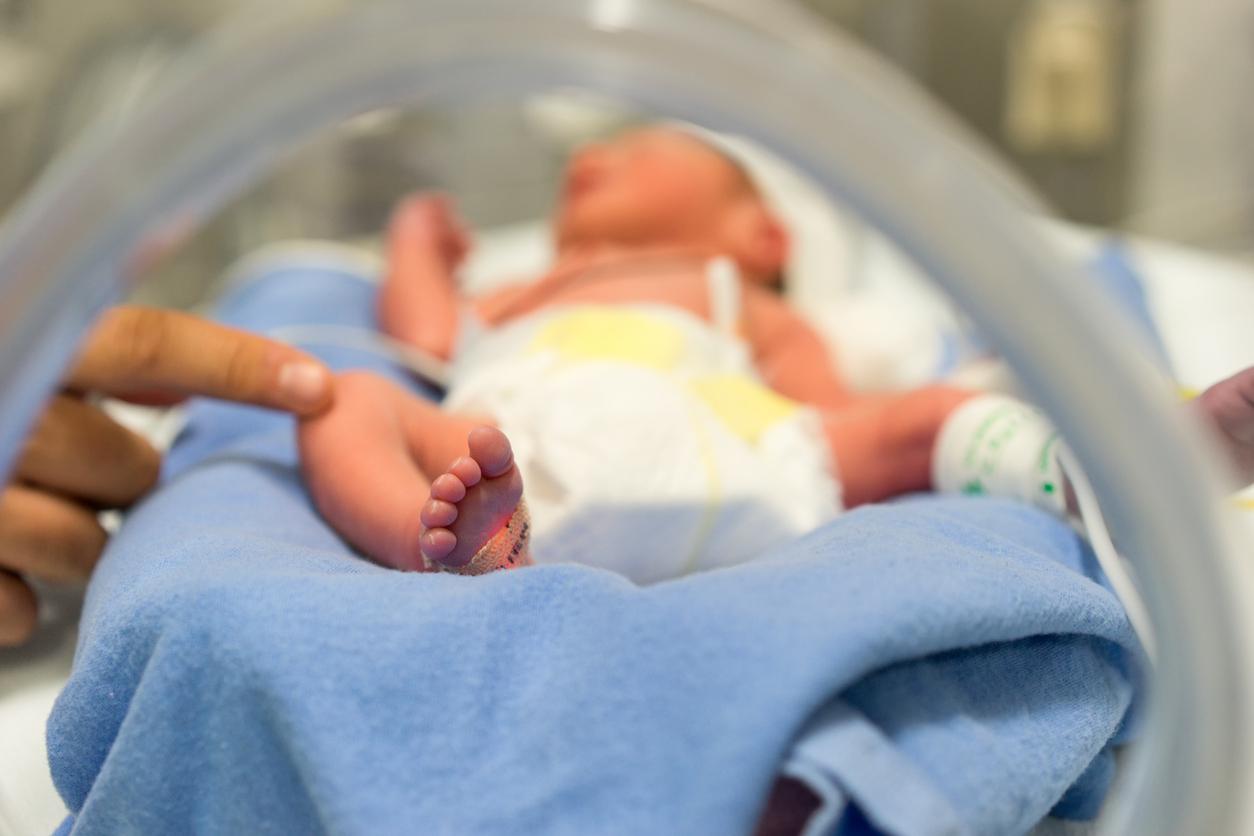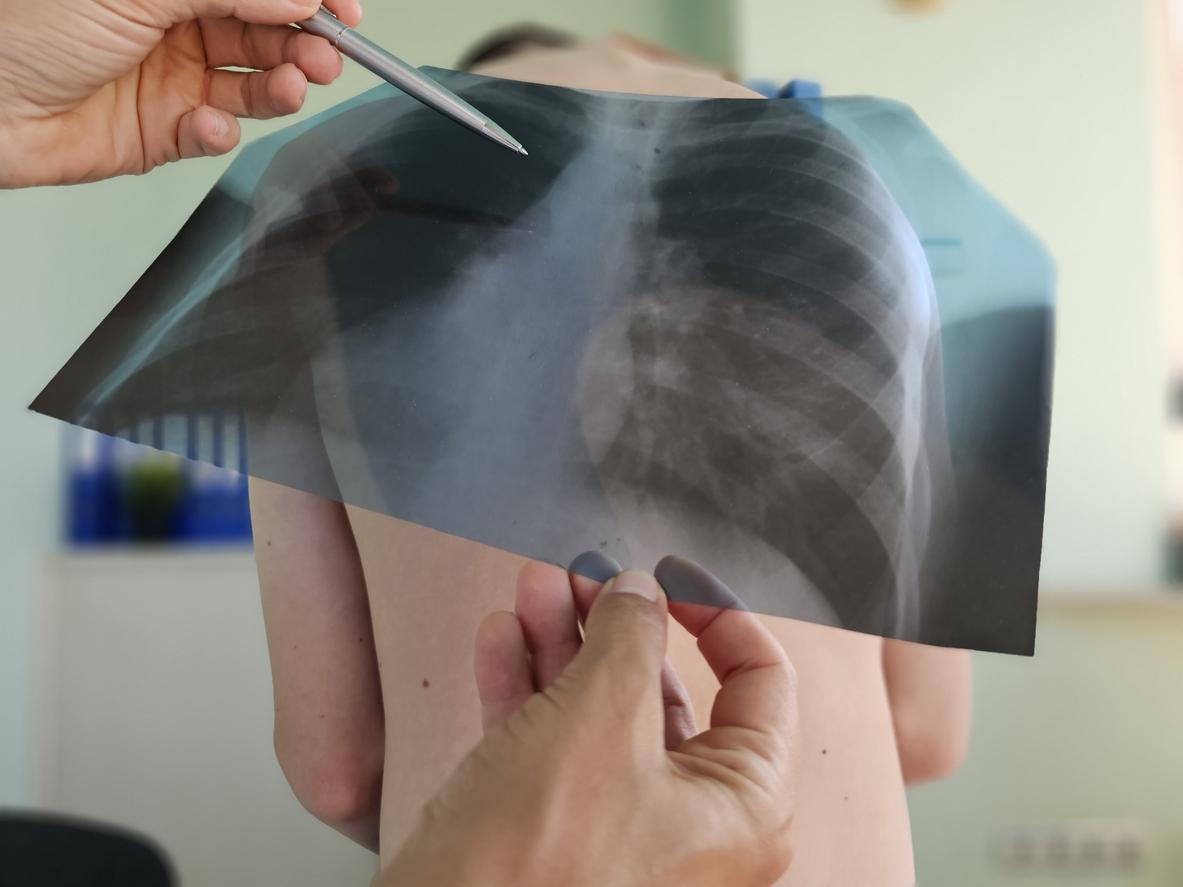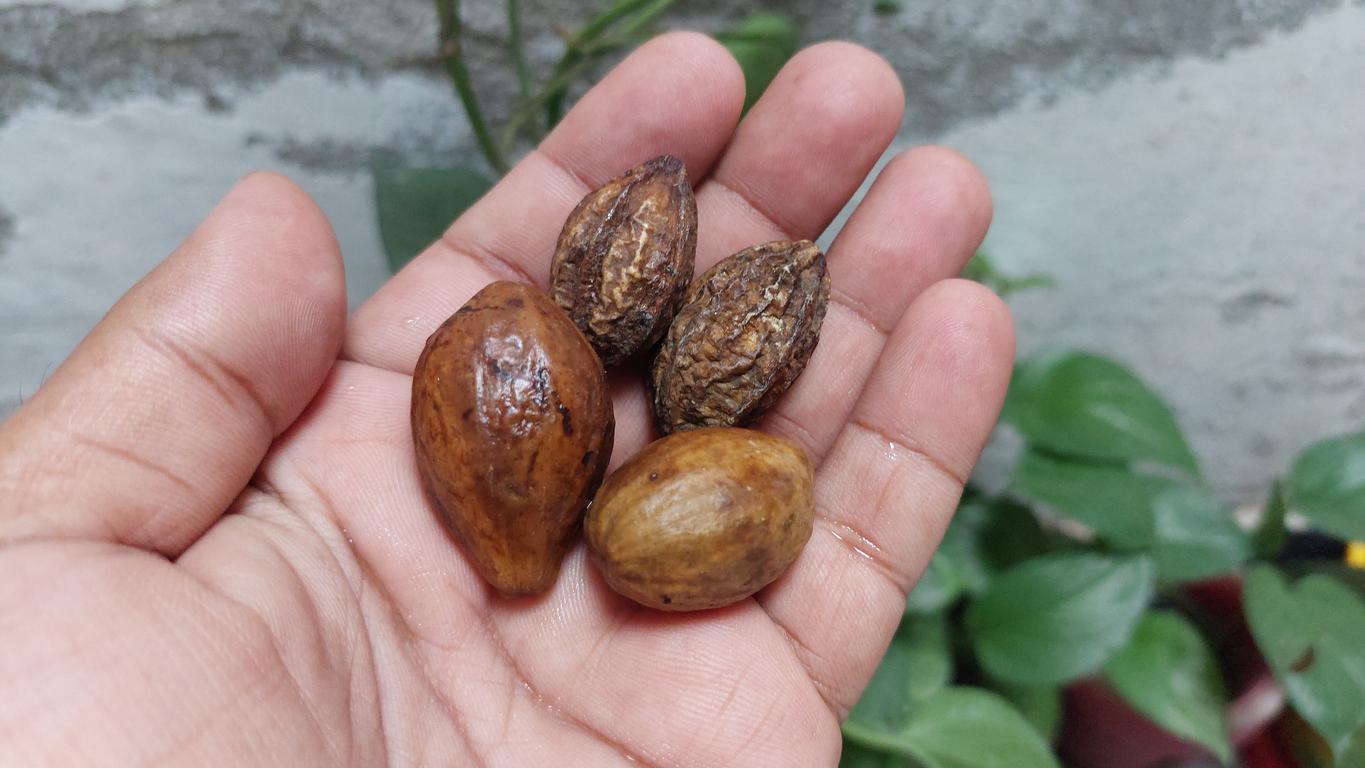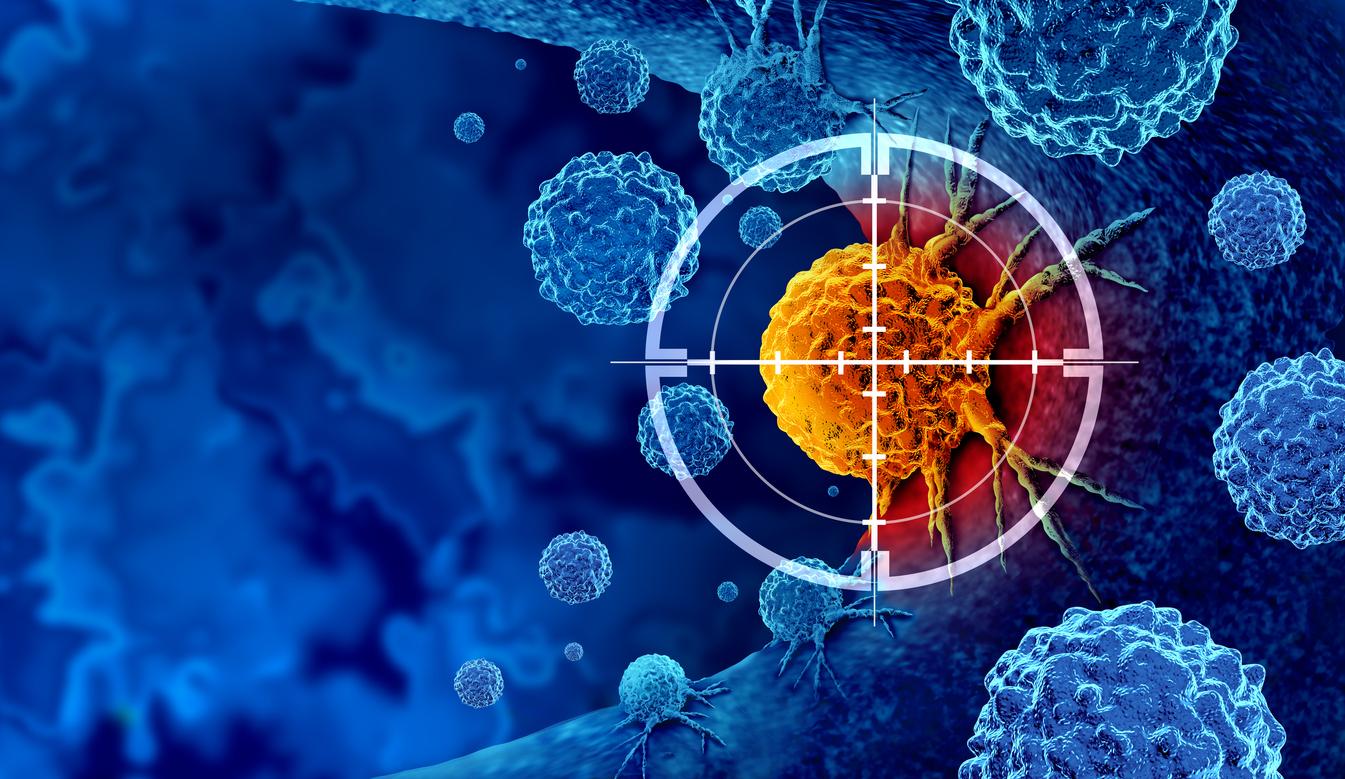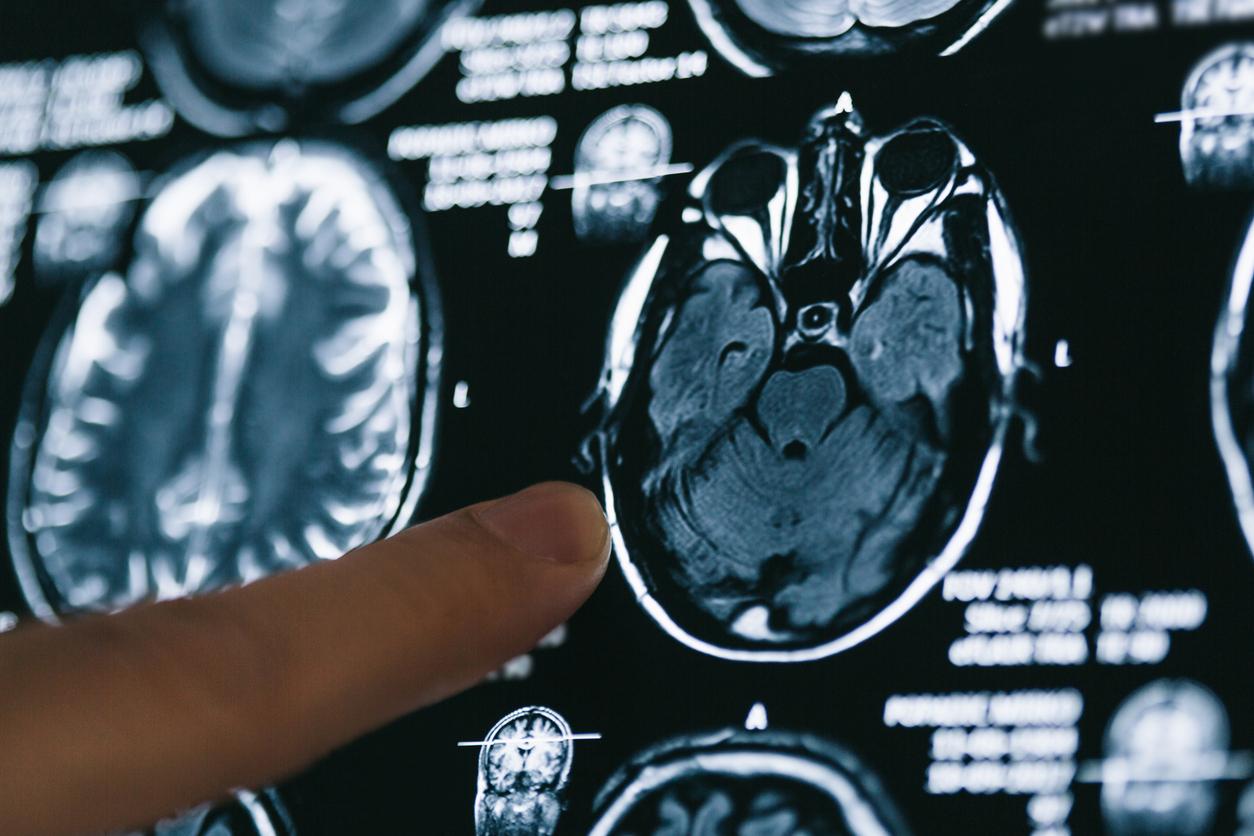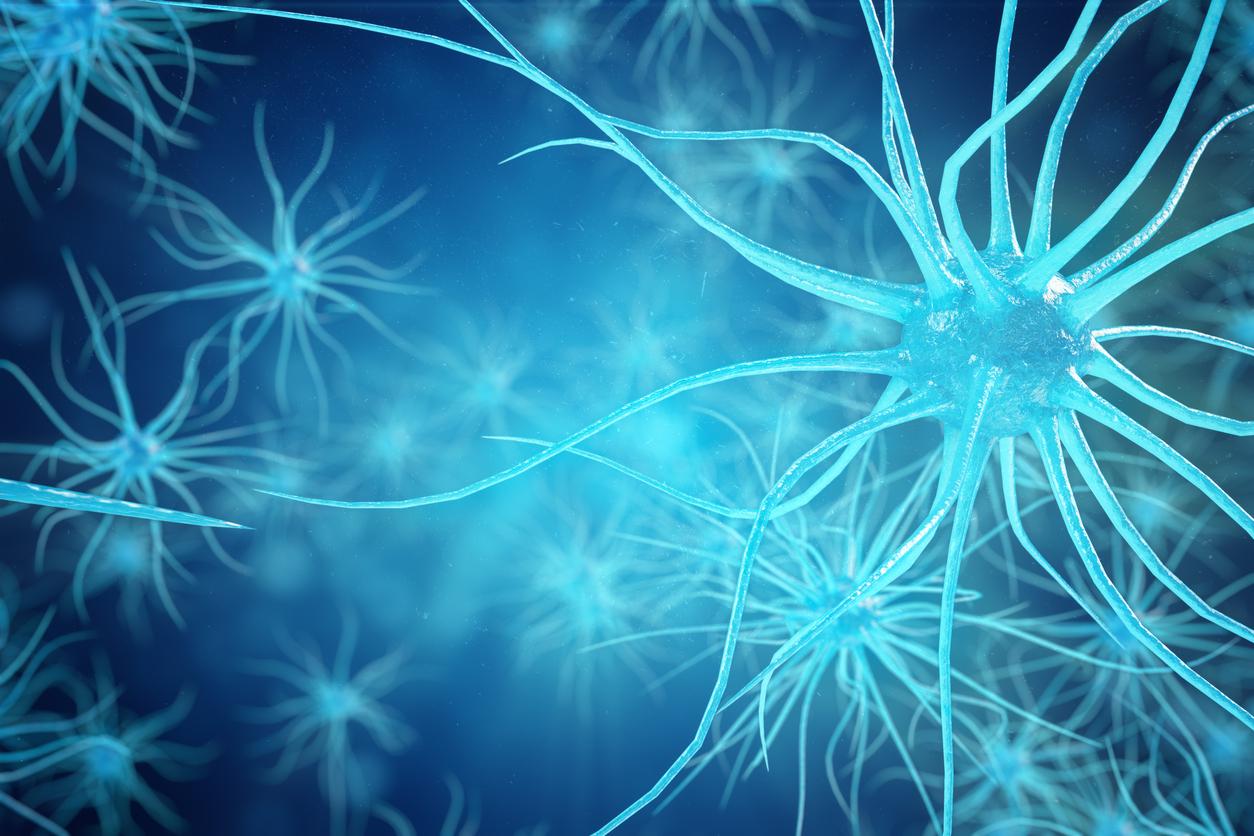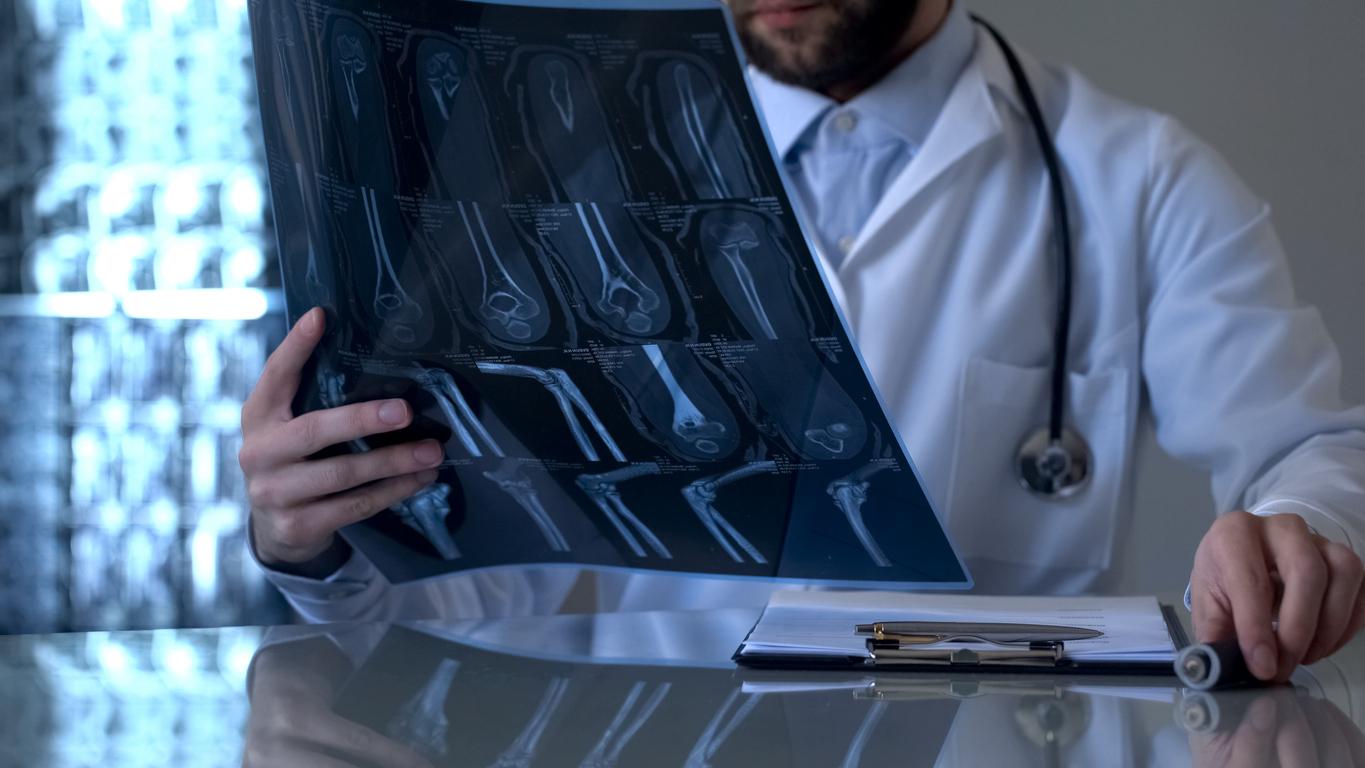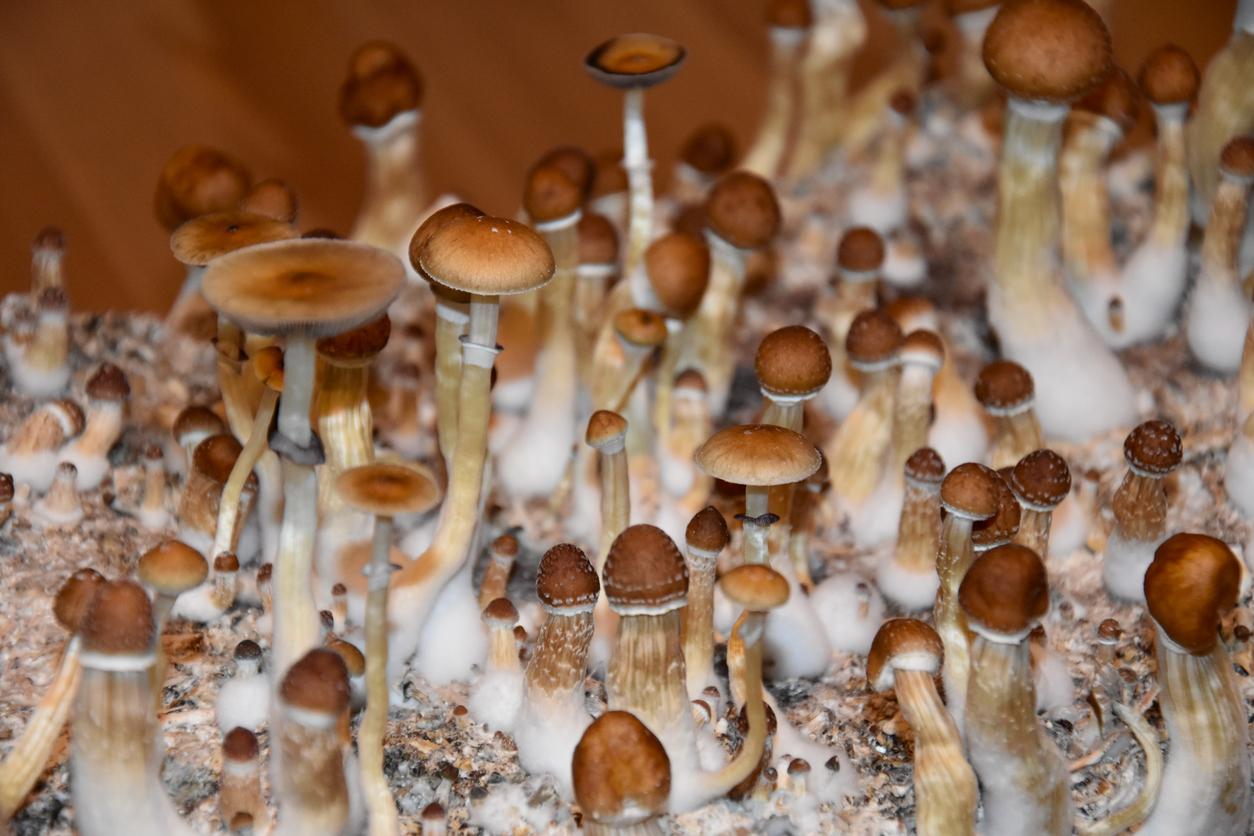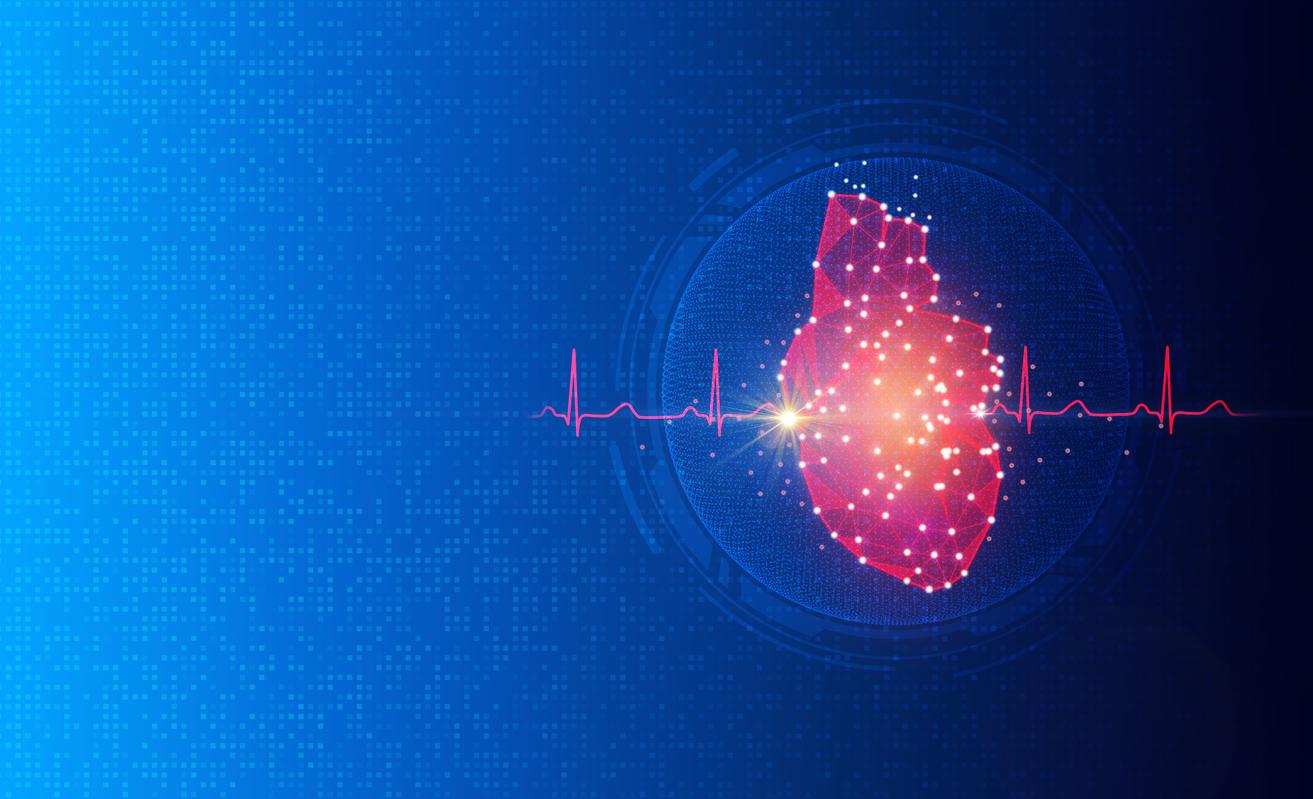In Marseille, a new device makes it possible to more effectively eliminate urinary stones.
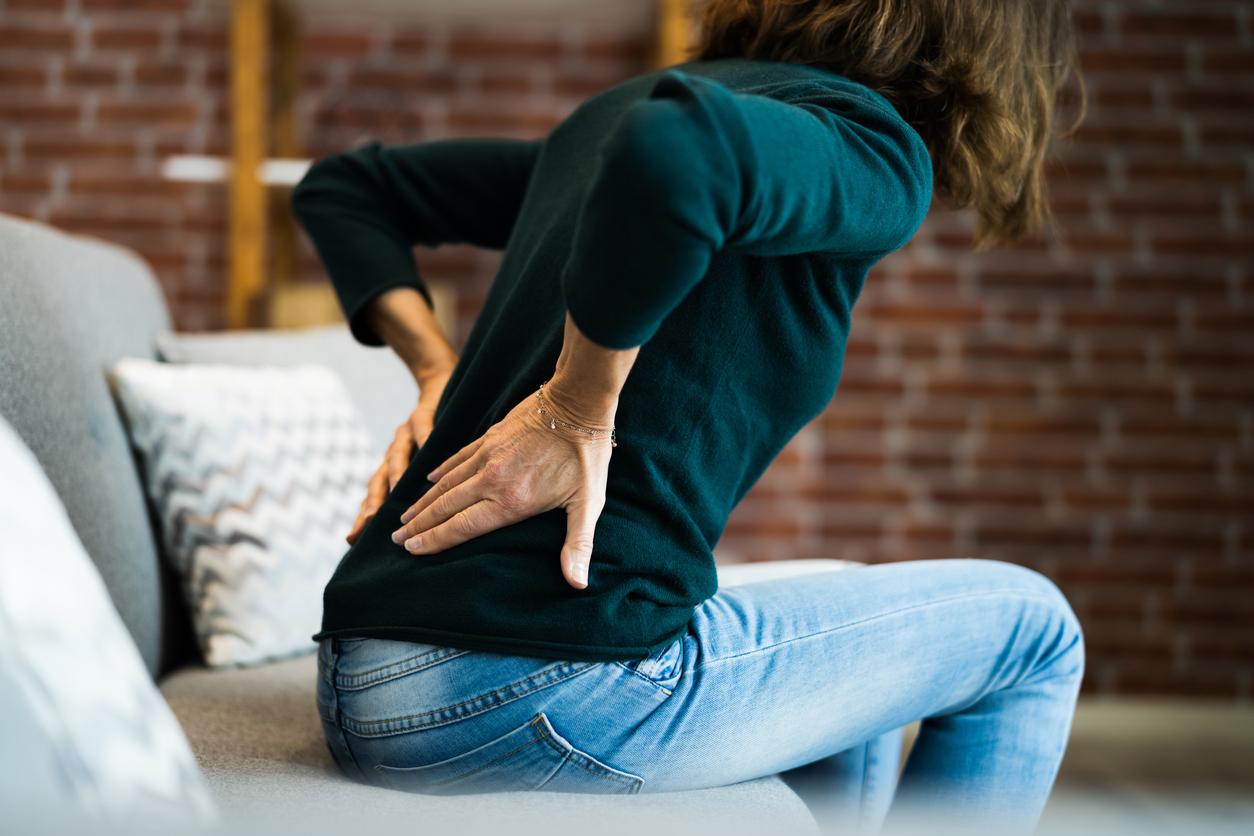
- Formerly called “stone disease”, stones are aggregates of mineral salts most often composed of calcium oxalate.
- They can cause renal colic, bleeding or even urinary infections and sometimes require emergency treatment.
- To improve their care, the APHM has acquired a new machine never used in France until now.
In a press release, AP-HM welcomes the acquisition of a new device designed to better manage urinary stones (or “lithiasis”).
“The brand new extracorporeal lithotripsy center of the AP-HM is equipped with a latest generation device to treat stones: the Storz Modulith SLX-F2, the first lithotripter of this type to be installed in France”, can be read in the document sent to the editorial offices. “This device has a multitude of technical advantages over traditional generators. Stationary and motorized, it presents, for example, major developments with, among other things, a dual simultaneous detection of lithiasis by X-ray and by ultrasound,” detail the specialists.
“In order to personalize the treatment as much as possible and adapt all the parameters according to the specificities of the patient and their pathology, the generator is also equipped with a double focal length”, they continue. “A focus also allows extremely fine targeting of the areas to be treated while another, wider one, will propagate the waves on the large stones”, they specify.
Treatment of urinary “stones” or “lithiasis”: what are we talking about?
Why are we talking about “calculations” urinary or “lithiasis” ? The term “calculation” comes from Latin “calculus” which is used to designate small stones used for mathematical problems. “Lithiasis” comes from Greek “lythos”, meaning him too “rock”. Formerly called “stone disease”, Stones are actually aggregates of mineral salts most often composed of calcium oxalate.
The quality of the diet plays a decisive role in the prevention or, on the contrary, the formation of stones. “These can cause renal colic, bleeding or even urinary infections and sometimes require emergency treatment,” indicates the AP-HM.
Which treatment for which stone?
To treat stones, doctors use different techniques. “The choice of treatment will actually depend on the size of the stone, its location, its hardness, the patient’s condition and their state,” responds the AP-HM.
The principle of lithotripsy is the fragmentation of stones by shock waves after radioscopic or ultrasound detection. It is mainly used to treat kidney or urethral stones measuring less than 15 millimeters, but in certain circumstances, it can be used on stones measuring up to 2 centimeters.
Extracorporeal lithotripsy is performed without anesthesia and on an outpatient basis. This technique is contraindicated:
– when the patient is on anticoagulants,
– in case of current urinary tract infection,
– in pregnant women,
– in some obese patients.
“Special precautions must be taken with people with pacemakers because of the electromagnetic waves generated,” complete the specialists. “Extracorporeal lithotripsy can, however, be used in children, whose stones are generally very friable,” they add. “The treatment itself for urinary stones is not very painful,” they conclude.



